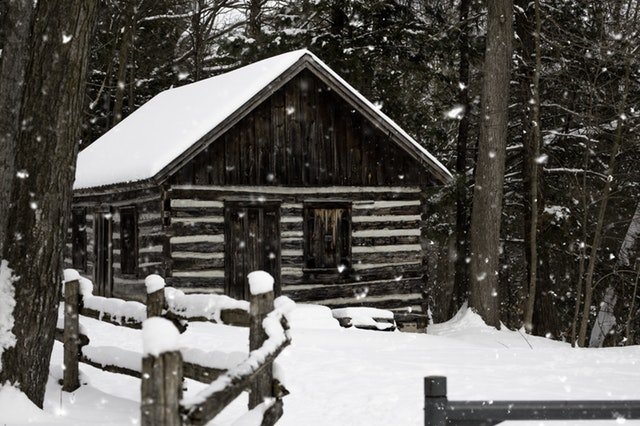Unless your home is very new, there’s a good chance your attic insulation could use a pick-me-up. The effectiveness of insulation can degrade over time due to settling, water damage, or puncture. When this happens, you may see your energy bills go up, and the quality of the air in your home go down. These changes may be subtle, but they can also be significant.
R-Value Explained
The main job of the insulation in your attic is to keep the heat out of your home in the summer and keep it inside during the winter. It does this by limiting air movement. In fact, that’s what is meant by the term R-value that you may have seen in reference to insulation. R-value refers to thermal resistance. That resistance is created when the air is captured in insulation and prevented from moving throughout your home.
The higher the R-value, the more effective insulation is in preventing hot air from moving through your home. The more insulation there is in areas where air can move, and the higher the R-value, the more effective it is in helping your air conditioning and heating units do their jobs. When you consider the fact that heating and cooling can account for as much as 75% of your home’s energy costs, you can see how important it is that you pay attention to your insulation.
The type of insulation that’s best will depend on where you are using it and what your climate is like. Each type has advantages and disadvantages.
Blown-In Loose Insulation
Blown-in insulation is often used in attic spaces that have unfinished floors. This type of insulation is made of loose fibers or pellets, and it is blown into the area using specialized machinery. Blown-in insulation may be made of cellulose or fiberglass. Over time it can compress and may lose its effectiveness. It is possible to add blown-in insulation yourself, but it is best to use a professional who is familiar with the equipment and how to properly prepare the space.
Batts and Rolls
Many of us are familiar with the large rolls of insulation. This is typically made of fiberglass and is quick and easy to install and relatively cost-effective. On the downside, it can be difficult to properly insulate tight spots and corners.
Foam Insulation
Foam insulation is sprayed in and is particularly effective when you need to fill holes and cracks. The foam is a special formulation that expands once it is sprayed in so it can completely seal cavities. For large applications, professional insulation is your best bet.
While increasing the energy efficiency and improving the air quality of the air inside your home are the most significant advantages to upgrading or improving your home’s insulation, there are other benefits as well. You’ll minimize the possibility of damage that happens due to heat and moisture. Updating insulation also allows your HVAC system to do its job more efficiently, reduce its wear and tear, and extend its life.
In the long run, you’ll find that giving your insulation some attention is well worth the time and money. In fact, you’ll find it pays for itself in short order.



